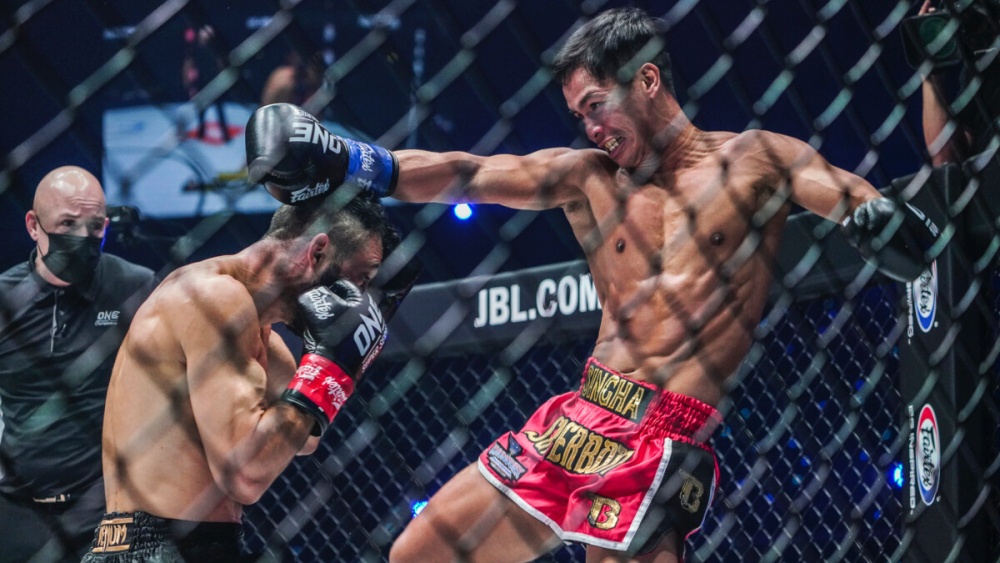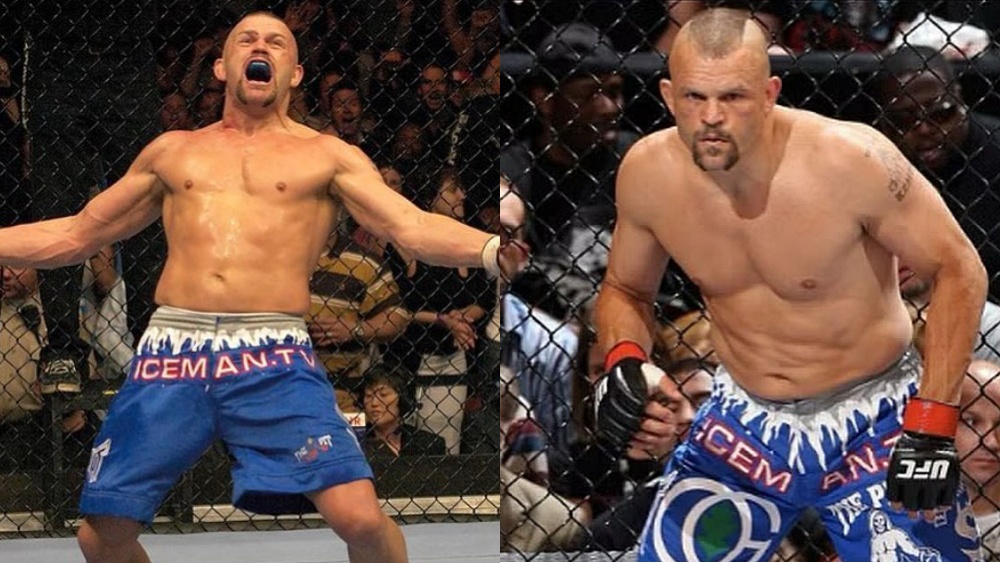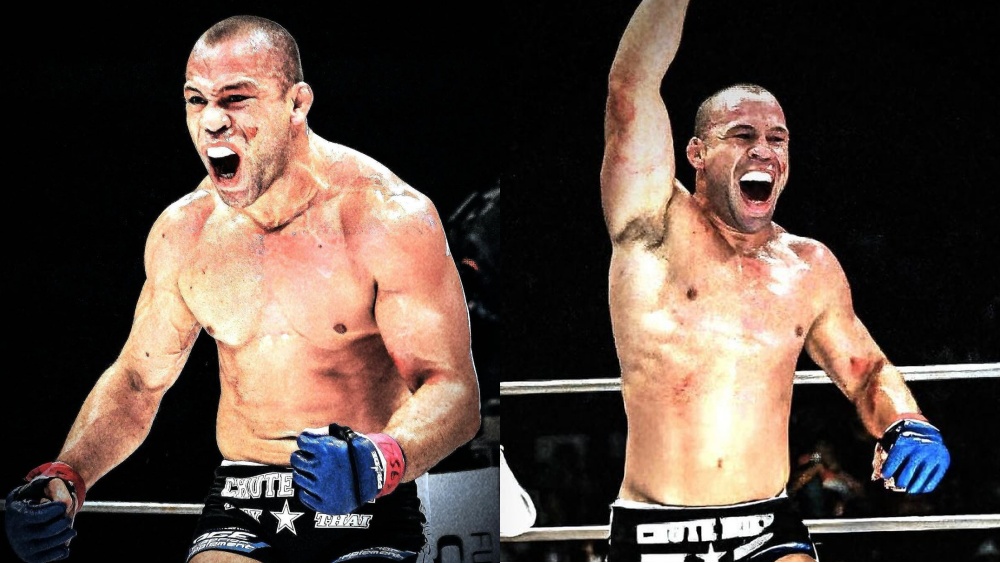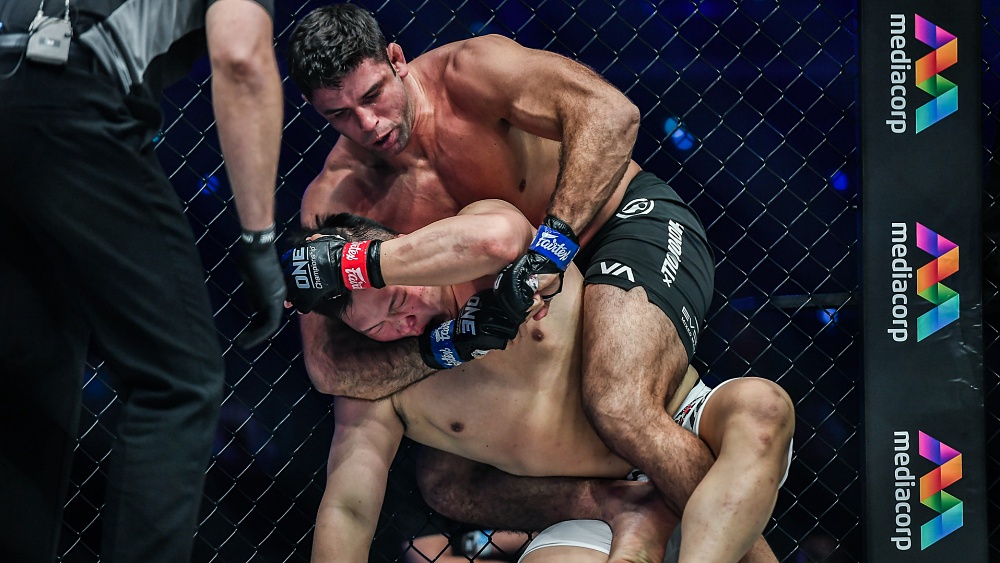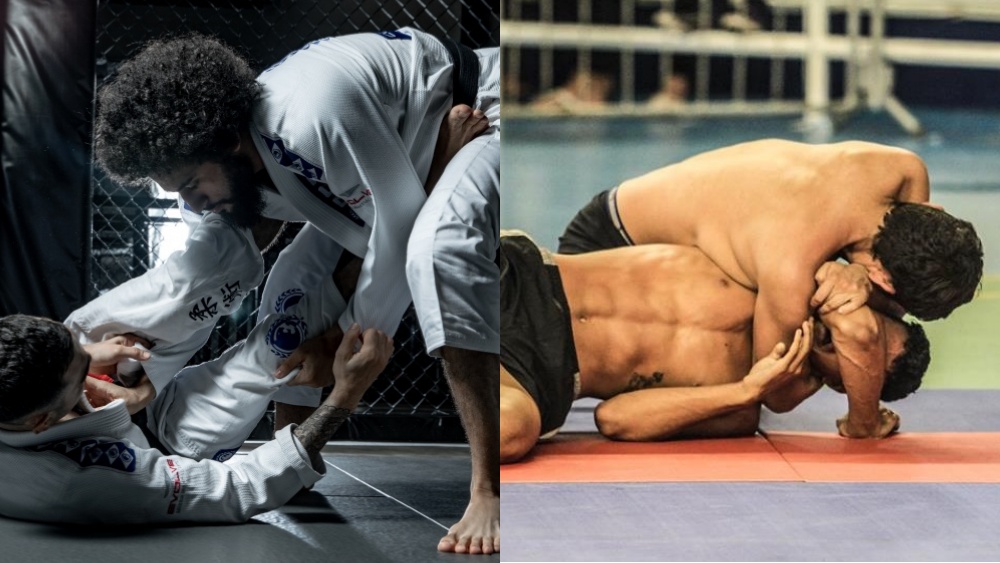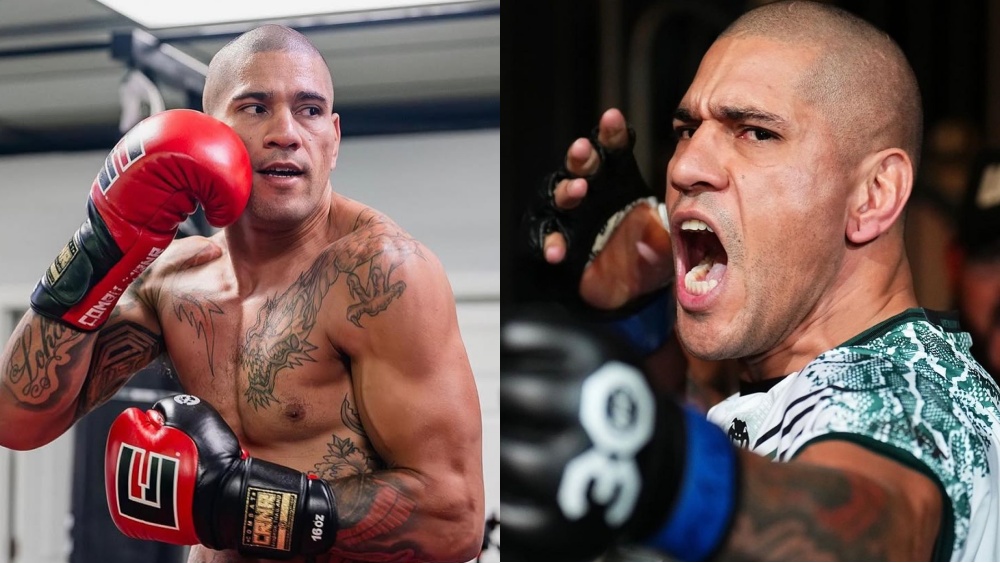Dutch kickboxing and Muay Thai have had one of the biggest rivalries in combat sports for decades. Both kickboxing styles have dominated the striking world besides boxing for just as long, and combat sports that allow martial artists from different fighting styles to compete against each other like mixed martial arts.
Dutch kickboxing is a particular kickboxing style that was developed in the Netherlands. It has been so successful that it’s now recognized as a distinct kickboxing style. Muay Thai is a kickboxing style that was developed initially for real battles. It allows you to use more body parts as weapons, like your elbows and knees.
Understanding Muay Thai And Dutch Kickboxing
Let’s a separate look at these two distinct kickboxing styles to get a clearer understanding of what they are:
1) Dutch Kickboxing
Dutch kickboxing is a style that is popularly trained in the Netherlands. While it is now viewed as a unique fighting style, it’s heavily influenced by other styles like Western kickboxing, Muay Thai, Japanese kickboxing, and Kyokushin Karate. Of these four striking styles, Kyokushin Karate has the most substantial influence on Dutch kickboxing. It is responsible for the fast pace and aggression Dutch kickboxing is known for.
Dutch kickboxers use a lot more punches than kicks and typically finish their combinations with low kicks. They often fight at a high pace, throwing high-volume attacks and maintaining forward momentum.
Kickboxing was introduced in the Netherlands in the 70s when Dutch Karate fighters who trained in Japanese kickboxing and Kyokushin Karate in Japan took the things they learned back to their homeland. Over time, it developed into a unique style practiced mainly in the Netherlands as they incorporated techniques from Muay Thai and Western Boxing into their training.
The Dutch kickboxing style proved to be effective as Dutch fighters dominated kickboxing in the 90s and 2000s, winning 15 out of the 19 World Grand Prix held during the period.
2) Muay Thai
Muay Thai was created for warfare as early as the 13th century. Unlike many other ancient fighting styles that have become watered down over the years, Muay Thai has maintained its effectiveness over the years. Modern Muay Thai isn’t that different from the ancient variety besides a few rule changes for competitions, like Western-style boxing gloves instead of the traditional rope wraps.
Today, Muay Thai is the national sport of Thailand, and many view it as the most effective striking-based martial arts. Of course, people who train in Dutch kickboxing would disagree with that assessment.
Also known as “the art of eight limbs,” Muay Thai allows the use of fists, elbows, knees, and shins as weapons. It also allows fighters to fight in clinch positions or throw their opponents to the ground. The most recent changes to the style occurred in the early 20th century when boxing gloves, timed rounds, and boxing rings were introduced. It remains the most popular sport in Thailand, and its popularity continues to grow globally.
Muay Thai has more tradition attached to it than Dutch kickboxing, as fighters perform ritual dances known as Wai Kru before their matches. Traditional Sarama music is played as they make their way to the ring, and their heads and arms are adorned with ceremonial gear.
Muay Thai started getting global recognition in the 90s and early 2000s as Muay Thai fighters started competing at the World Grand Prix, and mixed martial arts emerged. Muay Thai quickly emerged as the main striking style in MMA, prompting many foreigners to travel to Thailand to train and compete.
The Key Differences Between Dutch Kickboxing And Muay Thai
Let’s take a close look at some of the main differences between Muay Thai and Dutch kickboxing:
Techniques
Dutch kickboxing uses many punching techniques and combinations used in boxing. They also have some unique techniques that are illegal in boxing, like the superman punch and back fist. The style teaches to punch hard and often.
Dutch kickboxing also has a unique way of kicking that comes from Kyokushin Karate, especially for low kicks. It involves coming across the thigh and landing with the shin. Dutch kickboxers also use jumping knees and the step-in knee since many kickboxing organizations do not allow the use of knees in the clinch.
On the other hand, Muay Thai fighters do not use punches as often as their Dutch counterparts. Elbows are their preferred strikes up close and in clinch positions. Knees are also a big part of the sport and are used across all ranges.
Teeps (push kicks) are one of the most used kicking techniques in Muay Thai, along with low kicks. However, the roundhouse kick is one of the most powerful techniques Muay Thai fighters use, as it can end a fight anytime. Instead of snapping their shin across their thighs, Muay Thai fighters use their legs as baseball bats, rotating their hips and driving their shin through their opponents. It is not the fastest or most precise way to throw a kick, but it is undoubtedly the most powerful.
Muay Thai fighters also have a different way of blocking kicks. They are taught to check all kicks besides roundhouse with their legs, while Dutch kickboxers use a double arm cross that leaves them in position to counter the kick with a punch.
Rules
Rules also separate Muay Thai and Dutch kickboxing. Muay Thai contests typically consist of five three-minute rounds, and matches are scored as a whole. Each round holds more significance than the one before it.
Strikes with elbows and knees are allowed, and fighters can fight in the clinch. Trips, throws, and dumps are all allowed in Muay Thai.
The major kickboxing organizations like K-1 govern Dutch kickboxing. Punches and kicks are allowed, but not elbows. Knees are legal, but you can’t throw multiple knees in the clinch. Clinch fighting is generally discouraged in kickboxing, much like in boxing.
Style
Dutch kickboxers tend to fight at a fast pace, with lots of aggression and a high volume of punches. The reverse is true for Muay Thai fighters, who typically take their time feeling out their opponents. The pace increases the longer the fight goes on. Muay Thai fighters tend to prefer single powerful strikes, while Dutch kickboxers often put combinations together. However, these style differences aren’t set in stone, and many of the top Muay Thai fighters like Rodtang have more of a Dutch fighting style.
Training
Dutch kickboxers often go all out in the gym, while Muay Thai fighters typically spar lightly since they fight more often than Dutch kickboxers. Muay Thai’s light sparring culture is known as “Sabai.”
Which is the more effective fighting style for self-defense and mixed martial arts?
There’s no clear answer to this question since both are on the top of the list of effective striking-based martial arts. However, on paper, Muay Thai holds a slight edge since it allows using elbows, trips, throws, and dumps. All these techniques are allowed in mixed martial arts, so Dutch kickboxers must learn them if they transition to MMA. On the other hand, Muay Thai fighters already have the tools to compete in the standup department of mixed martial arts.
The same can be said about self-defense situations. Knowing how to fight in the clinch or throw an attacker to the ground might come in handy in self-defense situations. However, Dutch kickboxers are more than capable of defending themselves as well.
You may also like:
